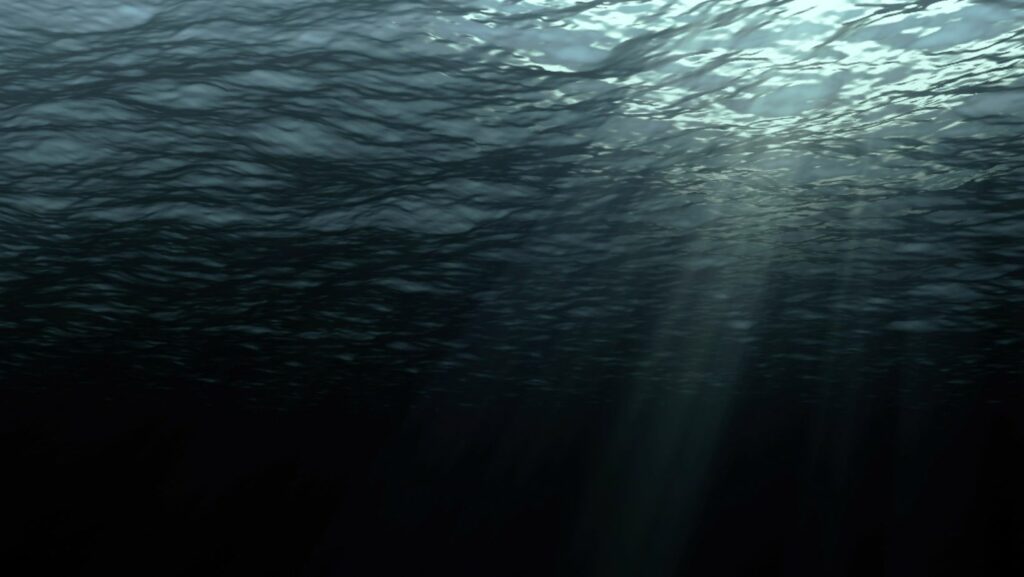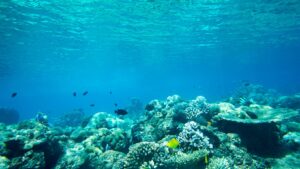
Dive into the captivating world of the underwater ocean, a realm brimming with mystery and intrigue. This world, largely unexplored, teems with life, from the smallest plankton to the most gargantuan whales, all co-existing in a delicate balance.
Underwater:3u1qizs_9ra= Ocean
Unveiling the secrets of the underwater ocean isn’t an easy task. First, it requires advanced scientific tools. Deep-sea submersibles, for instance, provide us with the ability to plunge into the ocean’s uncharted depths, taking breathtakingly clear images of the abyss.

Second, critical skills in marine biology and oceanography are paramount for analyzing the complex deep-sea ecosystems, home to a myriad of diverse species like bioluminescent creatures and giant squid.
However, even with high-tech equipment and elaborate knowledge, the vast majority of underwater ocean remains unchartered. To give an estimate, only 5% of what lies beneath the waves has been discovered to date, according to the National Oceanic and Atmospheric Administration. It’s clear that the underwater ocean is indeed a bewitching, largely hidden frontier that awaits further exploration and understanding.
As we continue on this journey, we’ll dive deeper into the strategies and methodologies used in underwater ocean exploration, and highlight some awe-inspiring discoveries that define this enchanted realm. Promoting and supporting these exploration initiatives is essential for increasing our knowledge of this mysterious world and for conservation efforts looking to protect its delicate balance.
Challenges of Underwater Research

Diving into the nitty-gritty, one uncovers a multitude of obstacles that hinder thorough exploration of the underwater ocean. Predominantly, extreme depth forms a significant barrier.
The immense pressure that exists below 200 meters (approximately 650 feet) can become lethal for humans as well as impede the functioning of scientific equipment. Moreover, the lack of light impedes visibility, conflating the arduous task of documenting sea life and geological structures.
Additionally, the communication under such conditions turns out to be excruciatingly difficult. Radio waves can’t travel through water, which limits real-time data exchange between researchers on shore and underwater equipment or submersibles. Navigating this challenging milieu also often leads to inaccessibility of certain areas, leaving significant gaps in our understanding of the deep sea.
Lastly, conducting underwater research is an expensive venture. Technological resources required for such explorations including high-tech submersibles, remotely operated vehicles (ROVs), and autonomous underwater vehicles (AUVs) are costly, limiting their use to well-funded research institutions and projects. Taken together, these challenges highlight the need for innovative solutions and make the quest of the underwater ocean a formidable yet exciting endeavor.
Conservation Efforts in Underwater Environments
Great strides occur in the sphere of underwater conservation, in tandem with expanding exploration efforts. A heightened understanding of underwater ecosystems births innovative approaches to preservation. These include stringent fishing regulations, creation of marine protected areas, and restoration of damaged ecosystems.

One such method, Marine Protected Areas (MPAs), encompasses a sizable segment of the sea where human activity is strictly monitored. Categorically, this does not imply a total ban on human engagement but rather the regulation of harmful practices.
As per The World Database on Protected Areas, approximately 7.4% of the ocean falls under some form of protection. These areas, deemed crucial for conservation, offer a sanctuary for endangered species and delicate ecosystems. MPAs constitute an effective step toward safeguarding biodiversity and improving the health of our oceans.
Additionally, reef restoration programs gain momentum, specifically targeted toward damaged coral ecosystems. Examples such as Florida’s Coral Restoration Foundation substantiate the viability of such efforts. Its notable achievements include the planting of over 100,000 corals in the Florida Reef Tract.
The Future of Underwater Exploration
The underwater ocean’s vastness and mystery beckon us. With only a fraction explored, it’s a realm ripe with possibilities. Overcoming the challenges of depth and visibility requires innovation and advanced scientific tools. Marine biology expertise is also pivotal in this quest.
The focus on conservation is equally important. The success of MPAs and reef restoration programs, such as the Coral Restoration Foundation, are testament to this. Yet, there’s more to be done. With just over 7% of the ocean under protection, the call for increased efforts rings clear.


